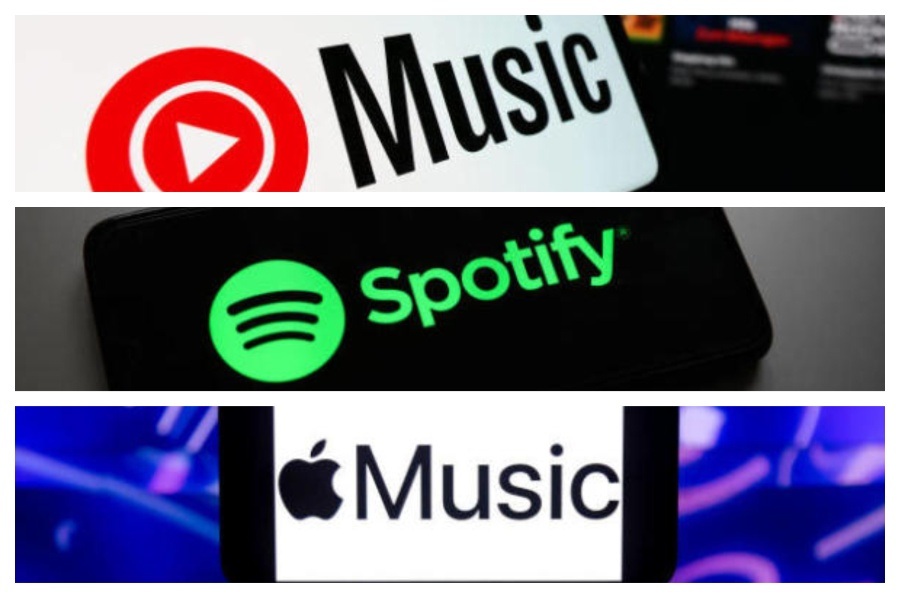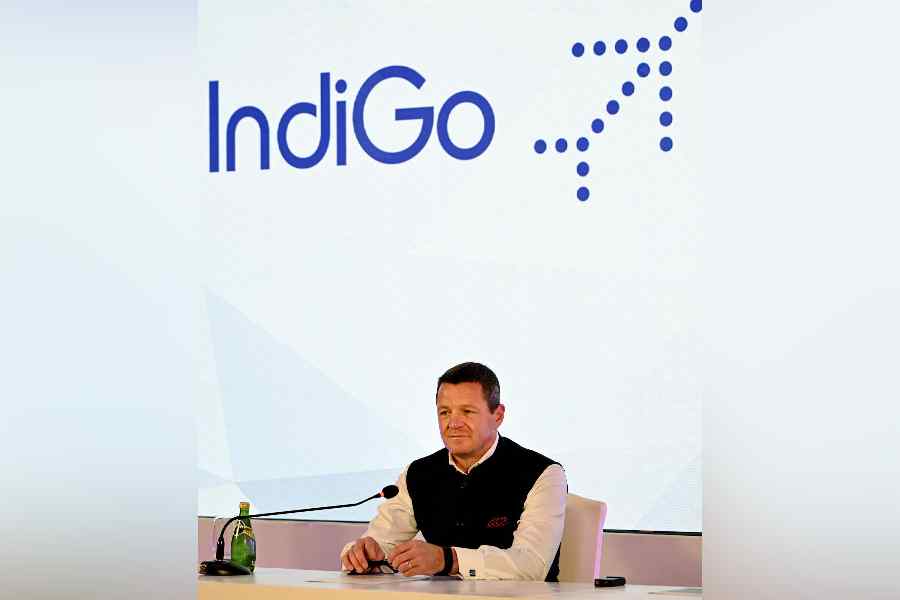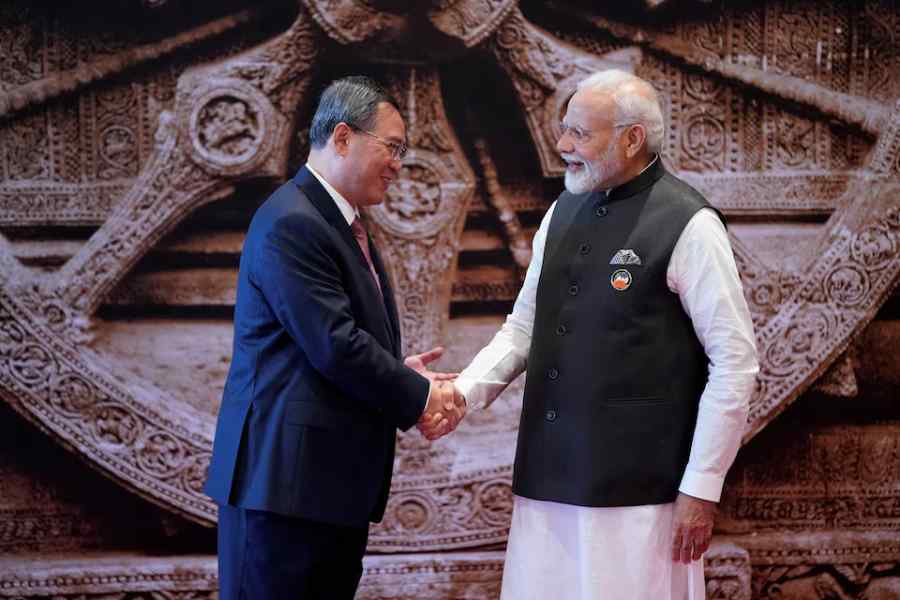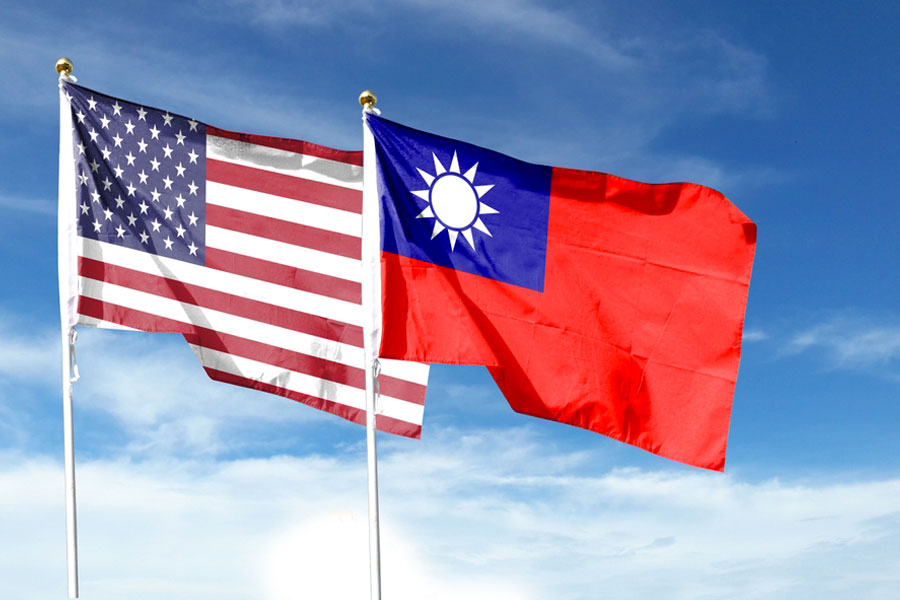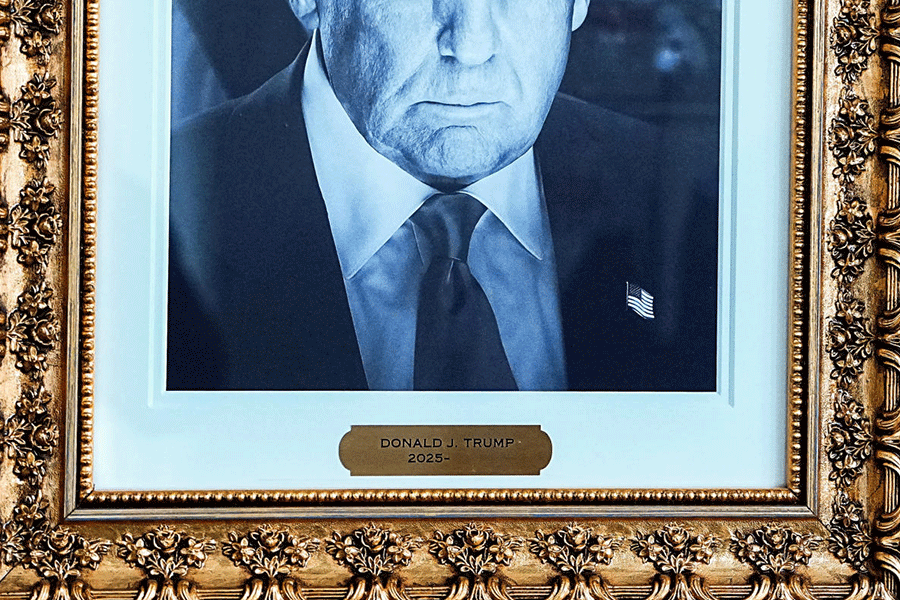Music streaming services are making cash registers ring.
For the first time, paid streaming subscriptions crossed the 100-million mark in the US last year, according to the Record Industry Association of America’s (RIAA) latest annual recorded-music revenue report.
People are willing to pay and the trend is being replicated across several categories of digital products. YouTube, which is owned by Google, already has 125 million YouTube Music and YouTube Premium users globally (including trials). Apple’s services division, which includes the App Store and Apple Music, brought in an all-time record of $26.3 billion and a 14 per cent growth, the company announced during its latest quarterly report.
"The increasing willingness to pay for ad-free streaming services reflects consumer preference for uninterrupted entertainment experiences. Further, rising disposable incomes make monthly subscription fees increasingly affordable. Strategic regional pricing models employed by streaming platforms significantly contribute to this trend,” Abhilash Kumar, industry analyst at TechInsights, told The Telegraph.
A lot of the growth, announced by the RIAA, in streaming services comes from Spotify, which recently said it had reported its first full-year profit in 2024. Spotify’s subscriber growth came despite the Stockholm-based audio-streaming provider hiking the price of premium subscriptions in some markets.
The growth story carries over to companies with artificial intelligence-driven services. OpenAI’s chatbot ChatGPT, launched two-and-a-half years ago, is now used by almost everyone — from financial analysts to students. According to a recent Gallup poll, more than 35 per cent of Americans are using some kind of AI-enabled product at least once a week. Many are willing to pay. ChatGPT has paid tiers, including $200 a month for unlimited access to advanced AI models. Advanced versions of design apps like Canva, too, are growing in popularity.
“India presents a substantial market opportunity for paid tiers, driven by a positive economic outlook and a large addressable market. For example, Apple’s expanding installed base in India provides indirect support for services like Apple Music. Attractive subscription options, including monthly, weekly, student and family plans, effectively convert free users to paid subscribers due to their perceived affordability,” said Kumar.
Last month, Amazon said it was giving Alexa, the voice assistant, generative AI features through an update called Alexa+, which comes with a price tag. For now, the update is restricted to the US and it will make the virtual assistant more conversational and helpful in booking concert tickets, coordinating calendars and suggesting food to be delivered.
The craze over AI has given companies a new selling point —upcharge the user. For instance, to access Gemini Advanced features, one needs to foot a bill. It’s in the hands of the user whether they can stomach more subscriptions.
Steve Jobs has been rarely proved wrong but his thoughts on music subscriptions run contrary to what the industry is experiencing. “The subscription model of buying music is bankrupt,” Jobs had said in 2003.
It’s time to cue The Times They Are a-Changin’ on Apple Music.

